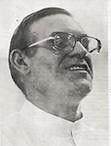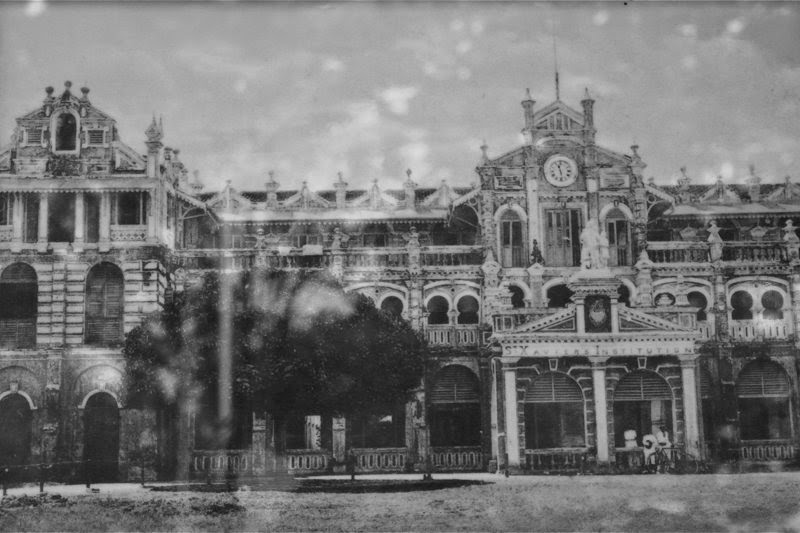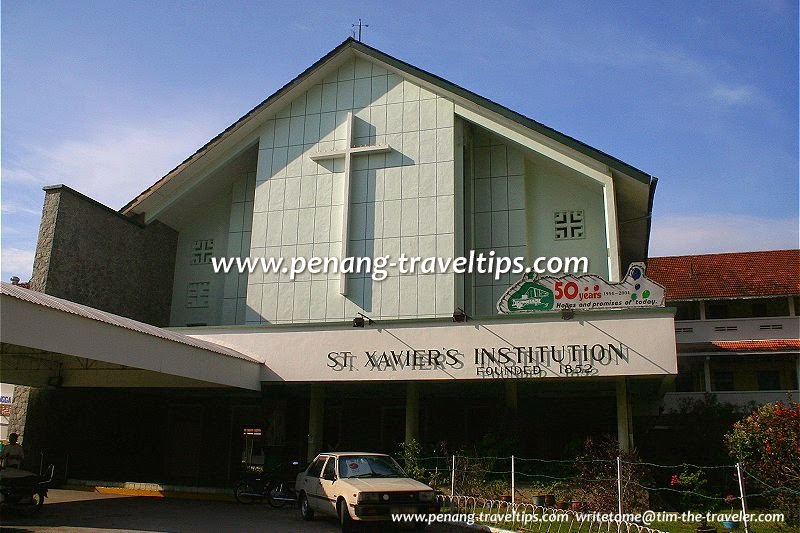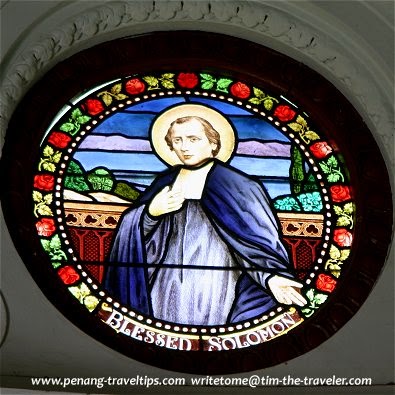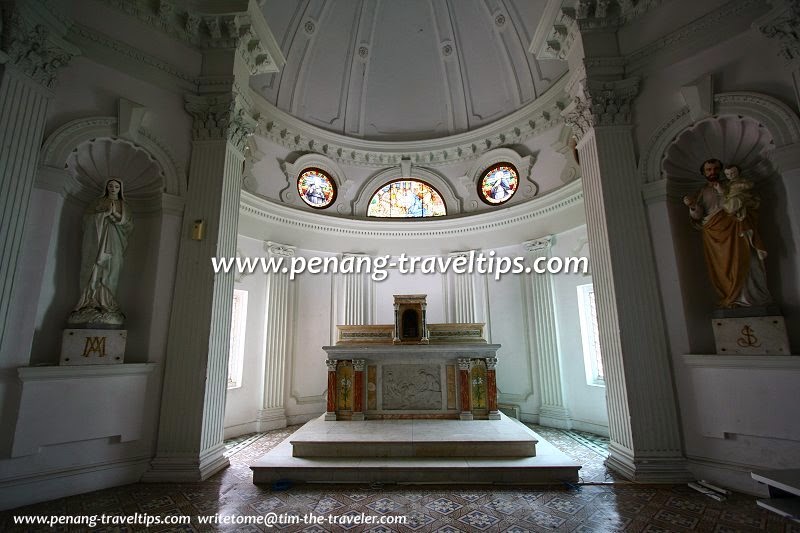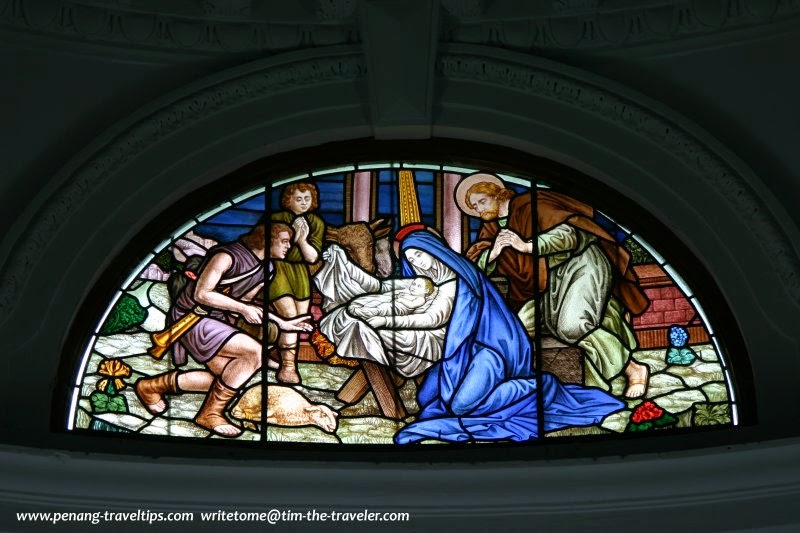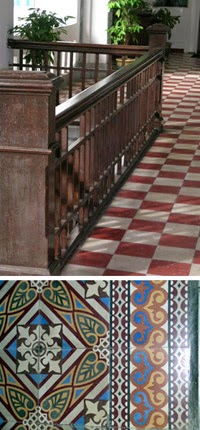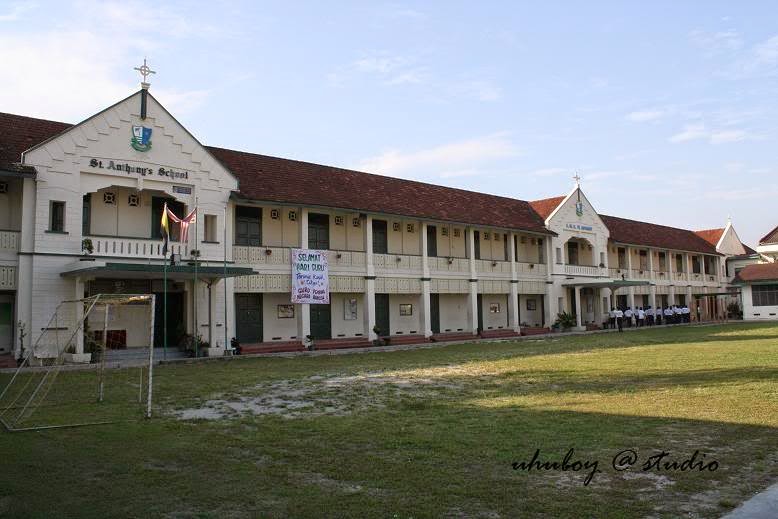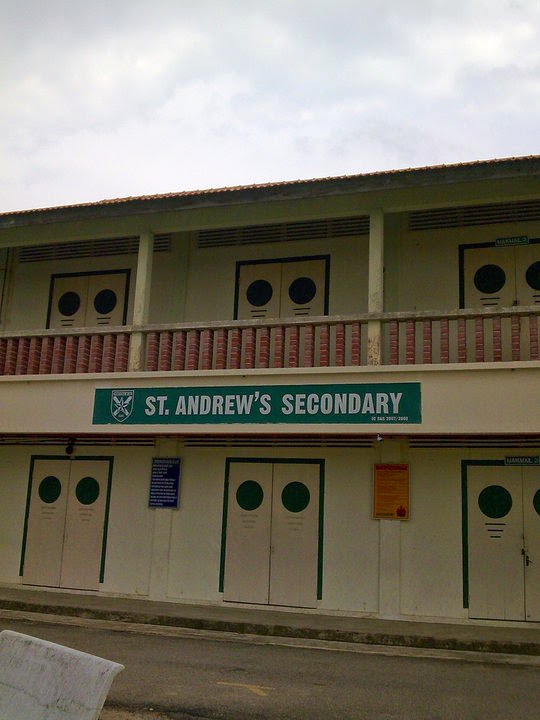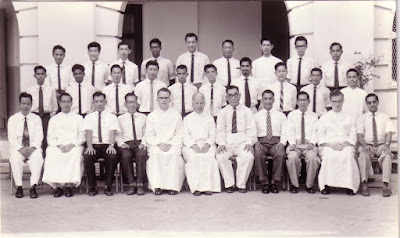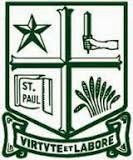Brother Karl Wolff [Charles Levin] FSC † 31 July 1927 - 14 October 2012
Br. Karl was born in Jǖlich, Rheinland, Germany in 1927 to Karl Mathias Wolff and Dorothea Eugelbrecht. His baptismal name was Karl Henry Theodor. His family left for Ireland during World War II to escape the Nazi regime. “Ireland became his home and it was at the school there that he encountered the La Salle Brothers who totally transformed his life. He was impressed by their dedication to nurture young people to bring out the best in them. This influenced
him to join the congregation and there was no turning back for the young man. As is the practice with the La Salle Brothers, he adopted another name, Charles Levin, when he took his final vows.”
At the age of 23, he arrived on the P&O Liner in Singapore. He first taught in “attap sheds” on Pulau Tikus in 1954 before literally leading his students on foot to the new SXI building in 1955. Wolff taught fifth and sixth formers from 1954 to 1979 before moving to St George's in Taiping, Perak. After 1992, he returned to Penang as a retiree.
Br. Karl, as he prefers to be called, was a deeply talented person. He was a musician, an accomplished pianist, and he translated books from English into Bahasa - Malaysian -- these were among his many gifts. He spoke Latin, French, English, German, Gaelic, Mandarin and Bahasa Malaysia
Tour of Ministry:
- St. Joseph’s Training College 1950 – 1951
- St. Xavier’s Branch School Teacher 1952 – 1953
- St. Xavier’s Institution Teacher 1954 – 1966
- St. Xavier’s Institution Acting Director / Principal 1966
- St. Xavier’s Institution Director / Principal 1967 – 1979
- St George’s Taiping Director 1982 – 1992
- St. Xavier’s Institution Director 1993 – 2012
His famous trademark was the ability to deliver eloquent and impromptu speeches in Bahasa Malaysia at the annual speech day.
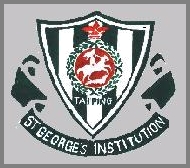 |
| Simplified School Crest |
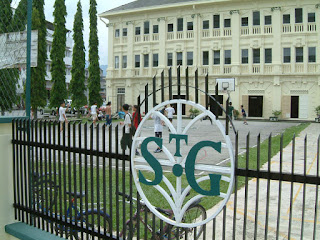 |
| The Original Gates of St. George's |
Bro Charles passed away on October 14 at the Penang Adventist Hospital due to sepsis, after a fall. He was 85 years old.
“Although we mourn the death of our dear Brother, we are also filled with hope that, with his 62 years of service in Malaysia, he had greatly inspired us,” said Bro. Anthony.
“Whatever values Bro Charles had taught, will continue forever.” said Bro Vincent in his eulogy. “He’s a man of great spirituality and he believed that we are all God’s children. He always, again and again, liked to emphasise on faith, service and community. To him, these were very important.” Bro Charles’ body was cremated at the Batu Gantung crematorium.
Source : http://www.lasalle.org.hk/pages/lead/LEAD%20Story%2068.pdf
http://aliran.com/towering-msians/farewell-brother-charles/
http://taipingtalk.com/schools/
